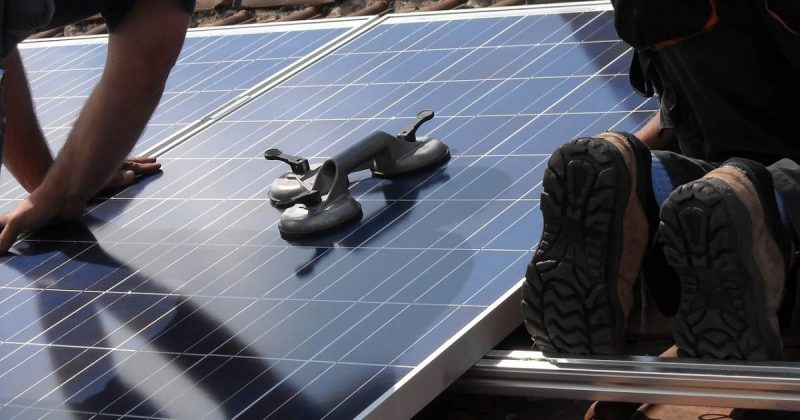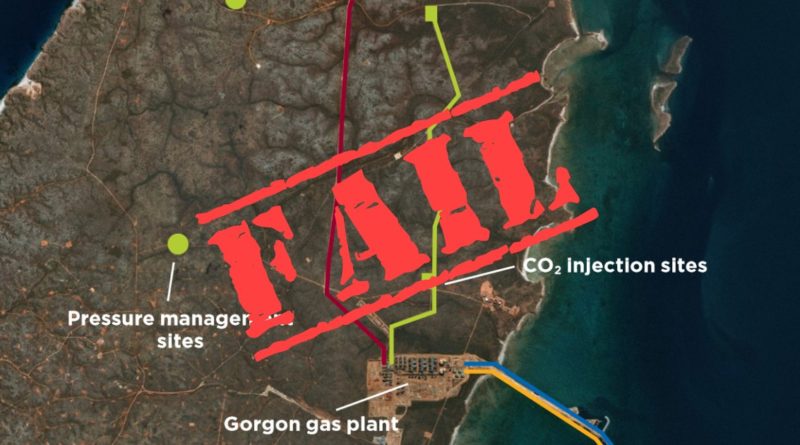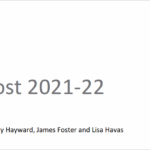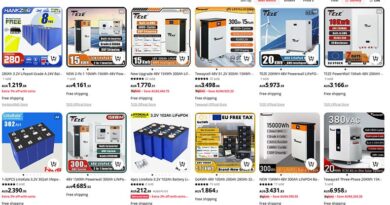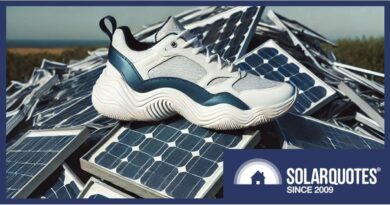50 Years Of Carbon Capture And Storage (CCS)
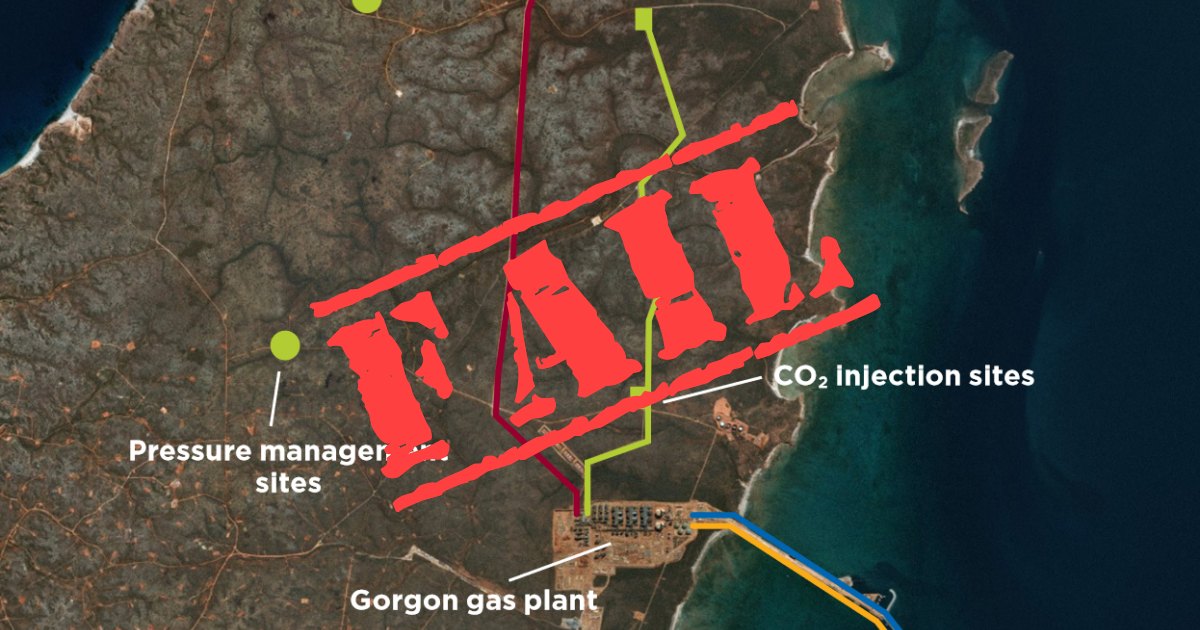
You’d think after 50 years of doing something, you’d be pretty good at it. But when it comes to carbon capture and storage, the results are generally abysmal.
Last week, the Albanese Government approved the first two new Australian offshore CCS areas since 2014, which it said could help Australia achieve its target to lower emissions 43 per cent by 2030. The two areas are offshore of the Northern Territory and Western Australia. And there’s more to come.
Minister for Resources and Minister for Northern Australia Madeline King will finalise another three from the 2021 round in the not-too-distant future and announce the release of 2022 offshore greenhouse gas storage acreage later this year.
“Australia has the capacity to continue to be an energy export leader, at the same time as developing a domestic offshore carbon capture and storage (CCS) industry,” said Minister King. “CCS is a safe, key proven technology that can support the petroleum sector in its low carbon transition”
“Safe” remains to be seen and …
About The “Proven” Bit
According to a new report by the Institute for Energy Economics and Financial Analysis (IEEFA), crappy carbon capture projects outweigh successful projects globally, and by a large margin.
Its study of 13 large-scale CCS and carbon capture utilisation and storage (CCUS) projects of various flavours – which account for around 55% of the total current operational capacity worldwide – found seven under-performed, two failed, and one was mothballed.
The great philosopher Meatloaf once opined that two out of three ain’t bad. But three out of thirteen is, well, rather shit. Two of the three doing ok were in connection to the gas processing sector in Norway. Their success has been attributed to the country’s “unique regulatory environment” for oil and gas companies.
“Many international bodies and national governments are relying on carbon capture in the fossil fuel sector to get to Net Zero, and it simply won’t work,” said one of the study’s authors, Bruce Robertson.
Mr. Robertson says CCS may have a role to play in certain sectors where abatement is difficult – such as cement – but overall it just doesn’t stack up.
Gorgon A Poster-Child For CCS Shortcomings
A local example of an under-performing project is Chevron’s Gorgon CCS project in Western Australia (pictured above), where a bunch of carbon offsets needed to be purchased to make up for its ongoing failure to live up to expectations.
The Gorgon project aside, here’s a not-so-fun fact. According to the IEEFA report, 80–90% of all captured carbon in the gas sector is used for enhanced oil recovery (EOR). This involves reinjecting CO2 into oil fields to push out the last drops of the fossil fuel – the burning of which then generates more emissions.
It’s all pretty messed up.
In terms of using CCS in connection with fossil fuel power plants, the report points out capturing CO2 consumes a lot of energy, meaning more gas/coal will need to burned to generate the same amount of electricity. Around 90% of proposed CCS capacity in the electricity generation sector has failed at the point of implementation, or suspended early.
“Government incentives should instead flow into fast-growing, efficient, and clean renewable energy technologies and the battery and storage sectors.”
Acknowledging CCS may be a necessary evil in some situations – such as a partial solution for the cement sector – the report makes some recommendations where an alternative solution to emissions reduction isn’t viable. This includes projects not being used for EOR, proponents taking full responsibility for any failure, leakage and monitoring, and CCS/CCUS not being used by governments to commence or extend the life of any type of fossil fuel asset as a climate solution.
Humanity’s penchant for burying waste and “out of sight is out of mind” attitude has always come back to bite us on the bum. CCS is and will be no different.
The IEEFA report: The Carbon Capture Crux can be found here.
Original Source: https://www.solarquotes.com.au/blog/ccs-fail-report-mb2617/
